Ultimate Guide to Core Strength for Kayaking
Your core is the powerhouse behind every paddle stroke. Building core strength helps you paddle more efficiently, stay balanced, and reduce injuries. Whether you're a beginner or an experienced kayaker, focusing on your core can transform your time on the water.
Key Takeaways:
- Why Core Strength Matters: It stabilizes your body, powers your strokes, and prevents overuse injuries.
- Core Benefits: Improved stroke efficiency, better balance, reduced fatigue, and fewer injuries.
- Effective Exercises: Crunch and twist, woodchoppers, single-leg Romanian deadlifts, and scapular stabilization.
- Skill-Based Routines: Start with bodyweight moves if you're new, and progress to resistance-based and dynamic exercises as you advance.
- On-Water Application: Use drills like stationary balance holds and weight shifting to connect your training to kayaking.
A strong core supports proper paddling technique, making your strokes more powerful and your outings more enjoyable. Whether you're navigating calm lakes or tackling rough waters, core training is essential for every kayaker.
Core Strength Workout ft. Michal Smolen | Workout Wednesday
Benefits of Core Strength for Kayakers
Building core strength can completely change your kayaking experience, making each stroke more effective and your time on the water more enjoyable. A strong core doesn't just enhance your paddling power - it also helps prevent injuries and boosts your overall endurance. It’s one of the smartest areas to focus on if you want to elevate your kayaking skills.
Better Stroke Power and Efficiency
Your core muscles are the engine behind every paddle stroke. With an average of 3,000 strokes per hour - based on a cadence of 50 full stroke cycles per minute - even small improvements in core strength can make a big difference over time. A strong core ensures that each stroke translates into forward momentum while also reducing strain on your shoulders.
Effective torso rotation is key here, and it all starts with your core. As Nigel Foster, a BCU level 5 coach, puts it:
"Think of torso rotation in three parts: an active phase, a passive phase and a pause. Thinking in these terms will help you avoid carrying the blade in the water beyond your hip, and help you plant the blade far enough forward."
- Nigel Foster, BCU level 5 coach
Shawna Franklin, a BCU level 4 coach, highlights the importance of engaging your entire core:
"Rotation starts at the sit bones. Most paddlers lock their pelvis into a forward-only position during the forward stroke, rotating from just the belly button up. This doesn't engage all of the core muscles. Use a slippery seat pan that allows your hips to slide when rotating."
- Shawna Franklin, BCU level 4 coach
When your core is strong and engaged, it not only powers your strokes but also improves your balance, especially in rough or unpredictable conditions.
Better Balance and Stability
Your core is made up of about thirty muscles, all working together to keep you stable and in control on the water. This stability becomes especially important when you’re dealing with choppy conditions or paddling for long periods.
A stable core minimizes unnecessary movement, keeping you centered and helping you conserve energy. By supporting proper torso rotation, your core reduces strain on your arms and shoulders while maintaining balance. This control allows you to stay steady and efficient, even when the water gets rough.
Lower Risk of Overuse Injuries
A strong core not only enhances performance but also helps protect your body from injury. Weak core muscles force other parts of your body - like your arms, shoulders, and back - to pick up the slack, which can lead to strain and overuse injuries. Strengthening your core stabilizes your movements and ensures that your strokes are efficient, reducing stress on key areas like your arms and lower back.
Proper core conditioning also supports better torso rotation, allowing your body to distribute the workload across the right muscle groups. This balance helps prevent chronic injuries and ensures that movements are powered by the most efficient muscles. Targeted core exercises improve mobility and strengthen stabilizing muscles, reducing the likelihood of common kayaking-related injuries.
More Endurance and Comfort
A strong core doesn’t just make you more powerful - it also makes you more efficient, allowing you to paddle longer without tiring out. By reducing the energy wasted on unnecessary movements, a well-conditioned core helps you conserve energy for extended sessions.
This means you can cover greater distances with less effort, leaving you more energy to enjoy the scenery and the overall experience. Even when your arms and shoulders begin to tire, a strong core provides the foundation for all-day paddling adventures, keeping you comfortable and effective throughout your journey.
Core Training Exercises for Kayakers
To boost your paddling power, balance, and reduce the risk of injuries, focusing on core strength is key. These exercises are designed to target the muscles that kayaking depends on most, helping you paddle with greater strength and endurance. By building a strong core, you'll see a direct impact on your performance out on the water.
As Kathy Ellis, M.S., a licensed personal trainer and certified yoga instructor who also leads Class 2 excursions with AMC's New Hampshire chapter, explains:
"Goals for any paddling training program should focus on strengthening the core and increasing upper body strength, endurance, and flexibility. Lower body strength and stability is also an essential foundation. Being able to recruit the appropriate muscles needed for efficient paddling can reduce risk for injury and strain."
Crunch and Twist
This movement zeroes in on your obliques and abdominals - the main drivers behind your paddle strokes. The twisting motion mirrors the torso rotation needed in kayaking, helping you shift power from your core instead of overloading your arms.
How to do it: Lie on your back with your knees bent and feet flat on the ground. Place your hands lightly behind your head, elbows wide. As you crunch up, twist your torso to bring your right elbow toward your left knee. Lower back down and repeat on the other side. Keep the motion controlled - this is about precision, not speed. Over time, this will enhance your torso rotation and make your strokes more efficient.
Woodchopper
The woodchopper strengthens your obliques and shoulders while mimicking the diagonal paddle stroke. It builds the rotational strength and coordination between your core and upper body, which are crucial for smooth paddling.
How to do it: Stand with your feet shoulder-width apart, holding a medicine ball or weight. Start with the weight above your right shoulder, then bring it down diagonally across your body toward your left hip in a chopping motion. Return to the starting position and repeat all reps on one side before switching. This exercise improves your rotational power, helping you maintain better control of your kayak.
Single-arm, Single-leg Romanian Deadlift
This exercise is all about balance and stability - essential for staying upright in your kayak. It strengthens your lower back, hips, and core by challenging you to balance on one leg while moving through the motion.
How to do it: Stand on your left leg while holding a light weight in your right hand. Hinge at the hips, extending your right leg straight behind you as you lower the weight toward the floor. Keep your back straight and core engaged, then return to the starting position. Complete all reps on one side before switching. This movement directly improves your stability on the water, making it easier to control your kayak.
Prone Scapular Stabilization
This exercise focuses on the often-overlooked muscles in your shoulders and upper back. Strengthening these areas helps you maintain proper paddle positioning, reduces strain during long paddling sessions, and allows you to generate more power with each stroke.
How to do it: Lie face down with your arms extended overhead in a "Y" position. Without bending your arms, lift them off the ground by squeezing your shoulder blades together. Hold for 2–3 seconds before lowering. Focus on engaging the muscles between your shoulder blades rather than aiming for height. This will improve your paddle control and stroke efficiency.
To get the most out of these exercises, prioritize proper form and start with lighter weights or bodyweight variations. Once you're confident in your technique, you can increase the intensity. Incorporating these movements into your routine will help you translate your gym gains directly into better paddling performance.
sbb-itb-2bb67b7
Core Training Routines by Skill Level
Your core training routine should match your fitness level, allowing you to build strength progressively. As elite kayak coach Sophie Langley explains:
"A well-conditioned core is a kayak's best ally; it acts as the engine that drives your performance and resilience in challenging waters."
Aim to train your core 2-3 times a week, using the exercises mentioned earlier as the foundation for these routines. Each level builds on the previous one, helping you improve both your core strength and kayaking performance over time.
Beginner Routines
If you're just starting out with core training or kayaking, focus on bodyweight exercises that emphasize basic strength and stability. Prioritize proper form over intensity to build a solid foundation.
Sample Beginner Routine (20-25 minutes):
Begin with a 10-minute warm-up, then perform 2-3 sets of modified planks (on knees), basic crunches, and bird dogs. Hold planks for 15-20 seconds at first, and aim for 8-10 repetitions of the other exercises.
These beginner exercises are straightforward and can be done almost anywhere - your living room, backyard, or even a hotel room. Keep your movements slow and controlled. If standard planks feel too challenging, try wall planks or incline planks using a sturdy surface like a chair or couch.
Equipment adaptations: No equipment is necessary to start. As Kathy Ellis, M.S., a licensed personal trainer, suggests:
"Many movements can be done with just your body weight or by getting creative with items around the house for added resistance. Think gallon milk jugs. Full, they are about 8 to 9 pounds each and half-filled they're about 5 pounds. Adjust the volume to match what resistance you are looking for."
Intermediate Routines
Once you can hold a plank for 45 seconds and perform beginner exercises with ease, it’s time to add resistance and complexity. Intermediate routines incorporate equipment like dumbbells, medicine balls, or resistance bands to increase intensity.
Sample Intermediate Routine (30-35 minutes):
Start with a 15-minute warm-up that includes light jogging or cycling, followed by dynamic stretches. Then, move into a core circuit with exercises like crunch and twist (15-20 reps per side), woodchoppers using a 10-15 lb medicine ball, and single-arm, single-leg Romanian deadlifts with dumbbells.
At this stage, you’ll notice improvements in your rotational power, which directly enhances your paddle strokes. Focus on maintaining balance while incorporating resistance. Resistance bands are an excellent option for home workouts, offering a portable and versatile way to build strength.
Equipment adaptations: Consider investing in resistance bands and adjustable dumbbells (15-25 lbs). In a gym, cable machines are ideal for woodchopper exercises, providing smooth resistance. A stability ball can also replace a bench for certain moves, engaging your core stabilizers even more.
Advanced Routines
For experienced kayakers, advanced routines focus on explosive power and dynamic movements. These workouts challenge your strength, balance, and endurance, mimicking the demands of rough water conditions.
Sample Advanced Routine (40-45 minutes):
Begin with a 20-minute warm-up that includes running or rowing, along with sport-specific movements like arm circles and torso twists. Perform your core exercises as a high-intensity circuit with minimal rest between sets. Include advanced moves like single-arm planks, weighted Russian twists, and explosive medicine ball throws.
Adding plyometric elements - like medicine ball slams, rotational throws, and jump squats with torso twists - helps train your core to generate force quickly. This is key for powerful paddle strokes and quick maneuvers.
Equipment adaptations: Advanced routines benefit from access to gym equipment like cable machines, heavier medicine balls (15-25 lbs), and suspension trainers. At home, you can create challenging workouts using resistance bands, kettlebells, and bodyweight variations. A suspension trainer that anchors to a door can also expand your range of exercises.
At this level, progressive overload is essential. Track your progress and gradually increase resistance, duration, or complexity every 2-3 weeks. Don’t skip recovery - end each session with gentle stretching and foam rolling to reduce muscle tightness and aid recovery. Strengthening your core at this stage will significantly enhance your control and efficiency on the water.
Regardless of your skill level, consistency is the key to success. A beginner who trains regularly will see more progress than an advanced athlete who trains sporadically. Stay hydrated during workouts and refuel your body afterward to support muscle recovery and growth. Pair these routines with on-water drills to maximize your kayaking performance.
Using Core Training in Your Kayaking
Take the strength and stability you've built through land-based core exercises and bring them to the water. By translating those gains into your kayaking technique, you'll paddle more efficiently and handle challenging conditions with ease.
Applying Core Strength to Paddling Techniques
Your core powers every effective paddle stroke. To make the most of it, focus on maintaining proper posture during your paddling sessions. Sit upright with your shoulders back and lean slightly forward to reach the water. Instead of relying on your arms, engage your entire torso to twist and drive the paddle through the water. Think of this as a full-body movement, where the energy starts from your core and flows outward.
Rotational exercises like woodchoppers can help you perfect this motion off the water, making it second nature when you're paddling. Over time, this technique improves your stroke efficiency, especially during long-distance kayaking.
Once you've mastered this on land, take it to the water with focused drills.
On-water Balance Drills
Your core isn't just about power - it's also key to maintaining balance on the water. These drills will help you build the dynamic stability needed for tricky conditions.
- Stationary Balance Holds: Start in calm water. Pause your paddling and use your core to stabilize the kayak, much like holding a plank. Aim for 30–60 seconds, gradually increasing as your confidence grows.
- Weight Shifting: Gently lean to one side, then the other, keeping control of the movement. This mimics the coordination required for exercises like single-leg Romanian deadlifts and strengthens the connection between your core and lower body.
- Paddle-free Turns: For a challenge, steer your kayak using only your torso and hips, keeping your paddle out of the water. This forces you to rely entirely on your core and precise body positioning - essential skills for rough water or emergencies.
These drills not only reinforce your core training but also help you adapt to the unique balance demands of kayaking.
Better Performance with Inflatable Kayaks
Your core strength doesn't just enhance paddling in traditional hard-shell kayaks - it’s especially important for inflatable models. Lightweight and responsive, inflatable kayaks like the Sea Eagle FastTrack™ series or Explorer models from Elemental Sports are perfect for core-driven techniques.
In these kayaks, efficiency is everything. Engaging your core ensures you maximize propulsion with each stroke, even with the lighter weight of the kayak. Proper posture and controlled torso rotation are critical for maintaining speed and direction. For instance, the Sea Eagle 385ft FastTrack™ performs best when paddlers use their core to maintain balance and comfort over long sessions.
Inflatable kayaks also allow you to practice in diverse environments. Whether you're paddling a mountain lake in a Sea Eagle 380x Explorer or navigating coastal waters with a FishSUP™ 126, your core training helps you adapt to varying water conditions and kayak dynamics.
For anglers, core stability becomes even more crucial. Fishing-focused models like the Sea Eagle 385fta FastTrack™ Angler demand balance for casting, reeling, and handling fish. The core strength you've built through land-based workouts and on-water drills directly translates to better control, safer movements, and a more enjoyable fishing experience.
Conclusion
Developing core strength can completely change the way you experience kayaking. Strong core muscles not only power each paddle stroke but also help you maintain balance in tough conditions while minimizing the risk of back strain and shoulder fatigue - common issues for many paddlers.
Dedicating four to six weeks to core training can significantly improve your strength and endurance. The exercises in this guide - ranging from simple crunches and twists to more advanced moves like woodchoppers and single-leg Romanian deadlifts - work together to create a solid foundation for better paddling. A strong core acts as the bridge between your upper and lower body, enhancing both propulsion and control.
Whether you're navigating waters on a Sea Eagle 385ft FastTrack™ or a Sea Eagle 380x Explorer, core strength plays a crucial role in improving responsiveness and handling. Inflatable kayaks, like those from Elemental Sports, perform at their peak when powered by a strong, controlled core.
These benefits set the stage for all your kayaking adventures. Starting with basic routines and gradually increasing intensity as your strength improves ensures steady progress. Even when you’re off the water, home-based core workouts can keep you ready for your next outing. The key is consistency. A strong core not only boosts performance and extends your paddling sessions but also helps prevent injuries. Whether you're exploring new waterways or refining your technique, building core strength gives you the confidence and control to make the most of every kayaking trip.
FAQs
What are some effective on-water drills to improve core strength for kayaking?
To bring your core training directly into your kayaking practice, try these straightforward on-water drills:
- Torso Twists: Sit comfortably in your kayak and practice slow, controlled twists with your torso. This movement mirrors the turning motions you'll use while paddling and helps build rotational strength.
- Core-Driven Paddle Strokes: Focus on engaging your core muscles with each paddle stroke. This not only boosts your balance and power but also makes your paddling more efficient.
- Balance Challenges: If it’s safe to do so, try kneeling or even standing on your kayak or a stable platform. These exercises activate your core and improve your ability to stay steady in different water conditions.
By weaving these drills into your routine, you’ll turn core strength into fluid, powerful strokes, making it easier to handle tough waters with confidence.
How can I build core strength for kayaking with minimal equipment at home?
You don't need a gym or fancy equipment to build core strength at home. Simple bodyweight exercises can do the trick! Start with planks, side planks, leg raises, and bicycle crunches - these are fantastic for working your core muscles. Want to mix it up? Add moves like bird dogs, Russian twists, or the boat pose to challenge your balance and stability.
The best part? These exercises are easy to learn, require zero special equipment, and can be squeezed into your daily routine. A strong core not only enhances your paddling power but also helps prevent injuries and boosts your endurance when you're out on the water.
Why is core strength so important when paddling an inflatable kayak?
Core strength is a key factor when paddling an inflatable kayak. Unlike hard-shell models, inflatable kayaks are typically wider and more flexible, which can make them less streamlined and more prone to shifting. This means your core muscles need to work harder to keep you balanced and in control.
Another thing to consider is that inflatable kayaks often sit higher on the water, making them more vulnerable to instability, especially in windy or choppy conditions. A strong core helps you stay steady, steer accurately, and enjoy a smoother ride. Whether you're gliding across a calm lake or navigating mild rapids, building your core strength can improve your performance and boost your confidence on the water.




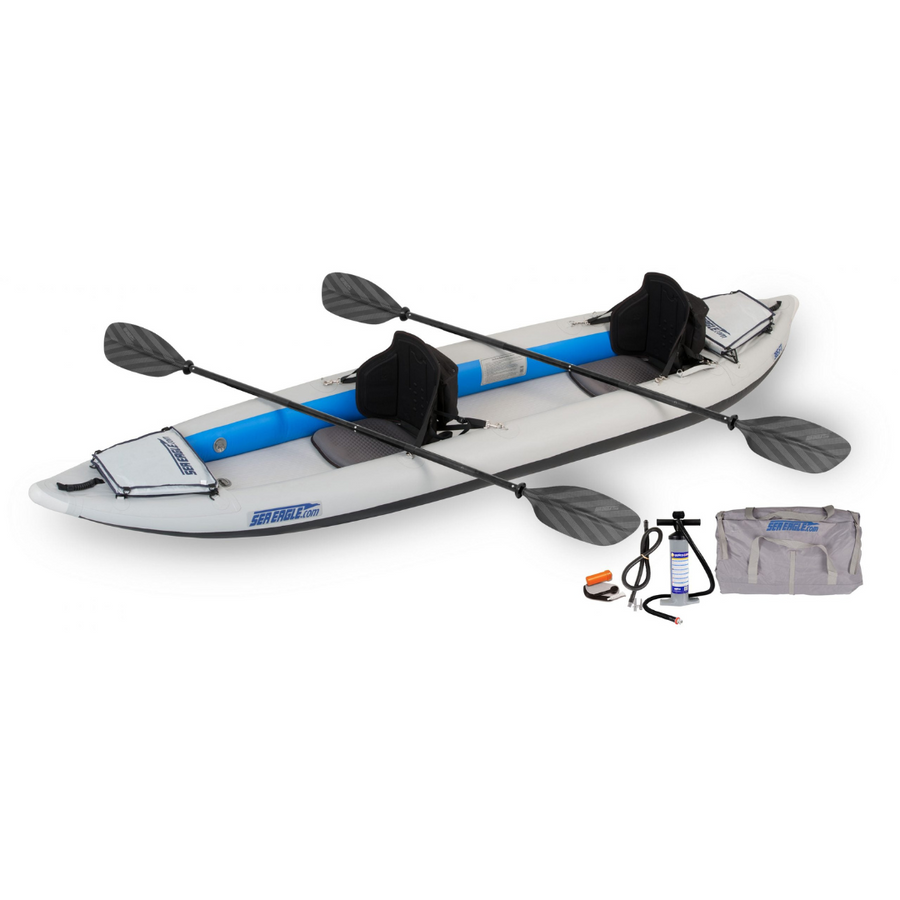
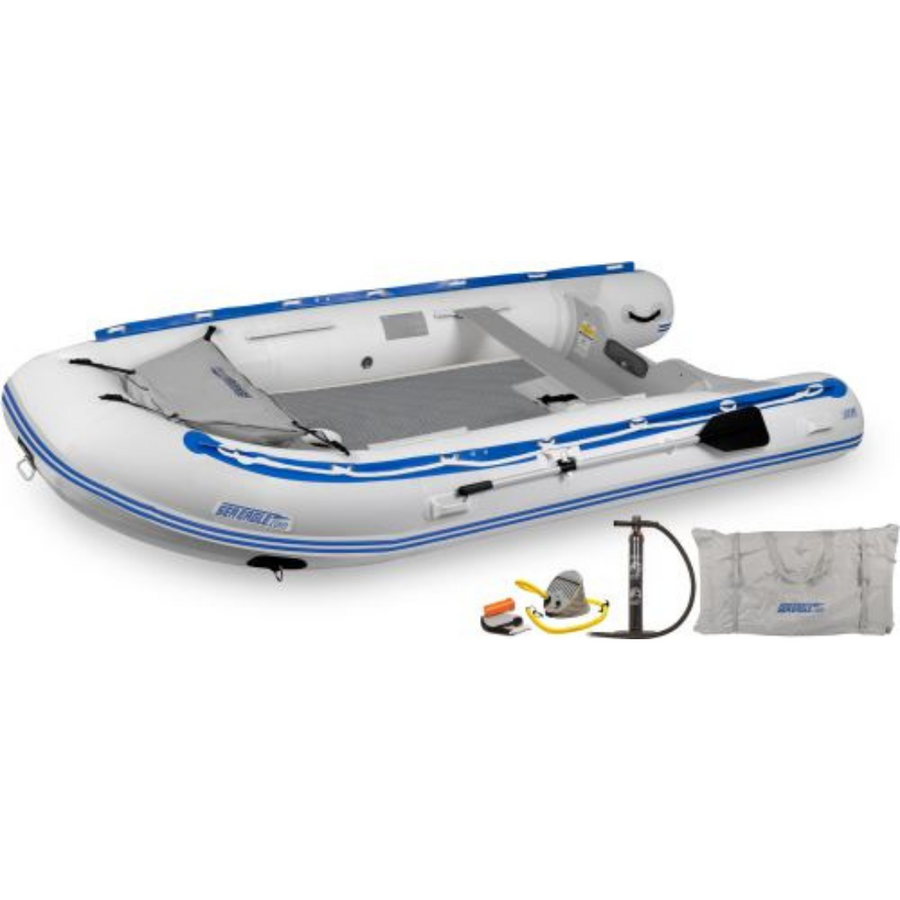
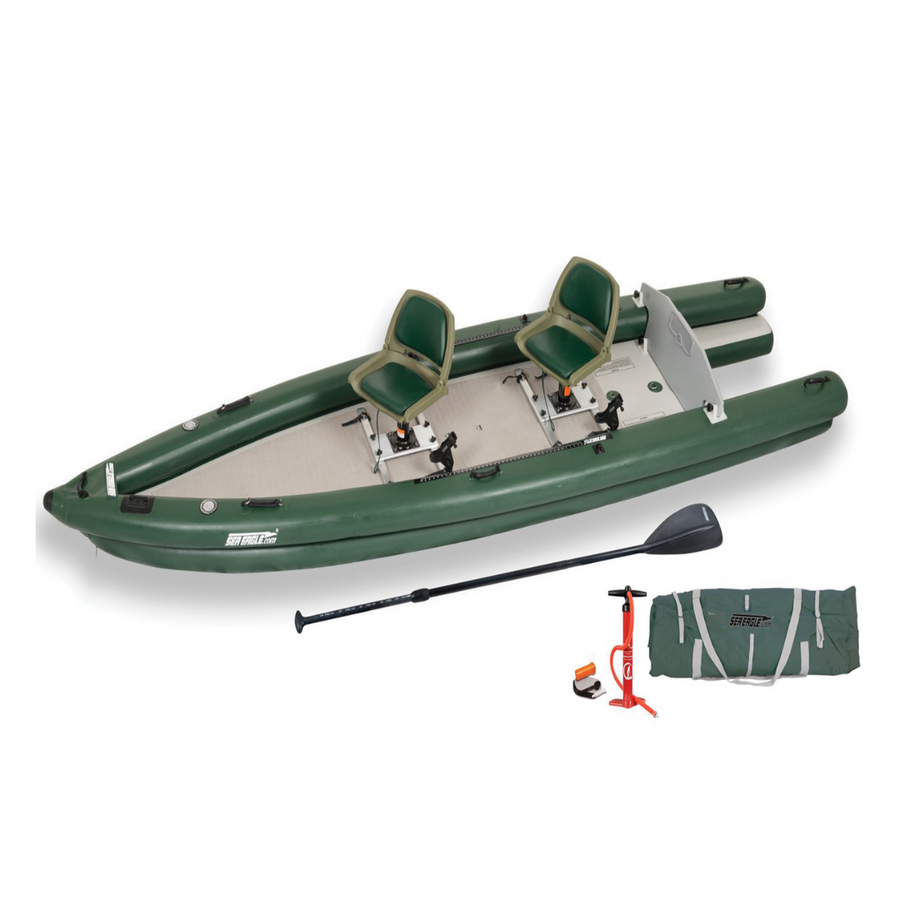
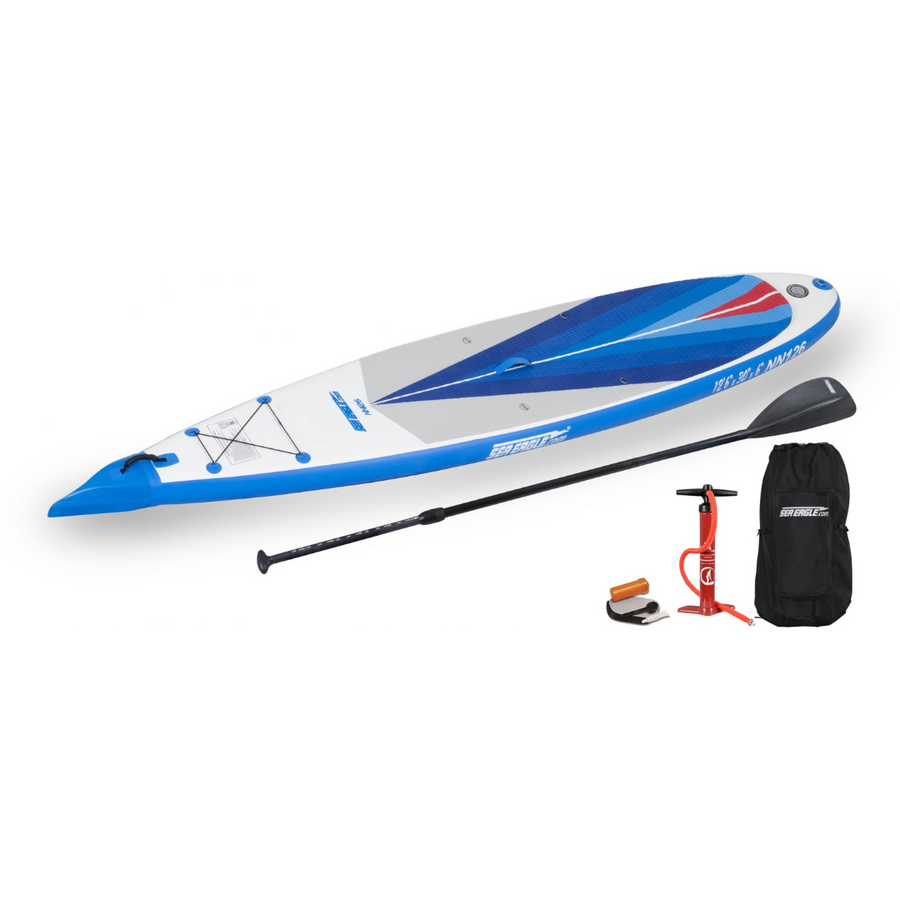
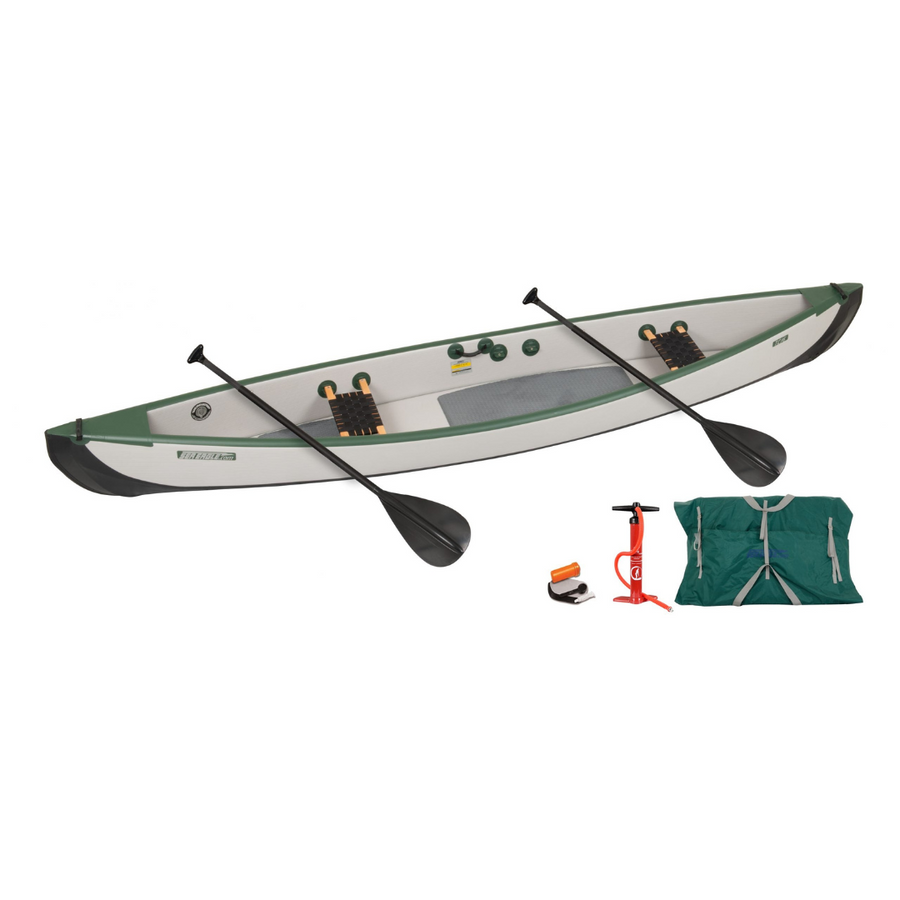
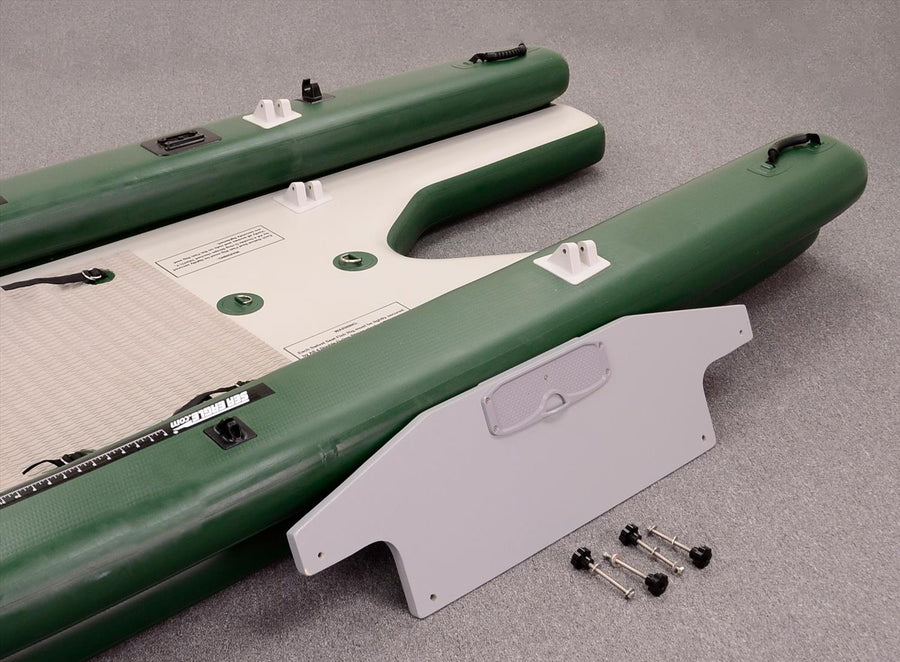


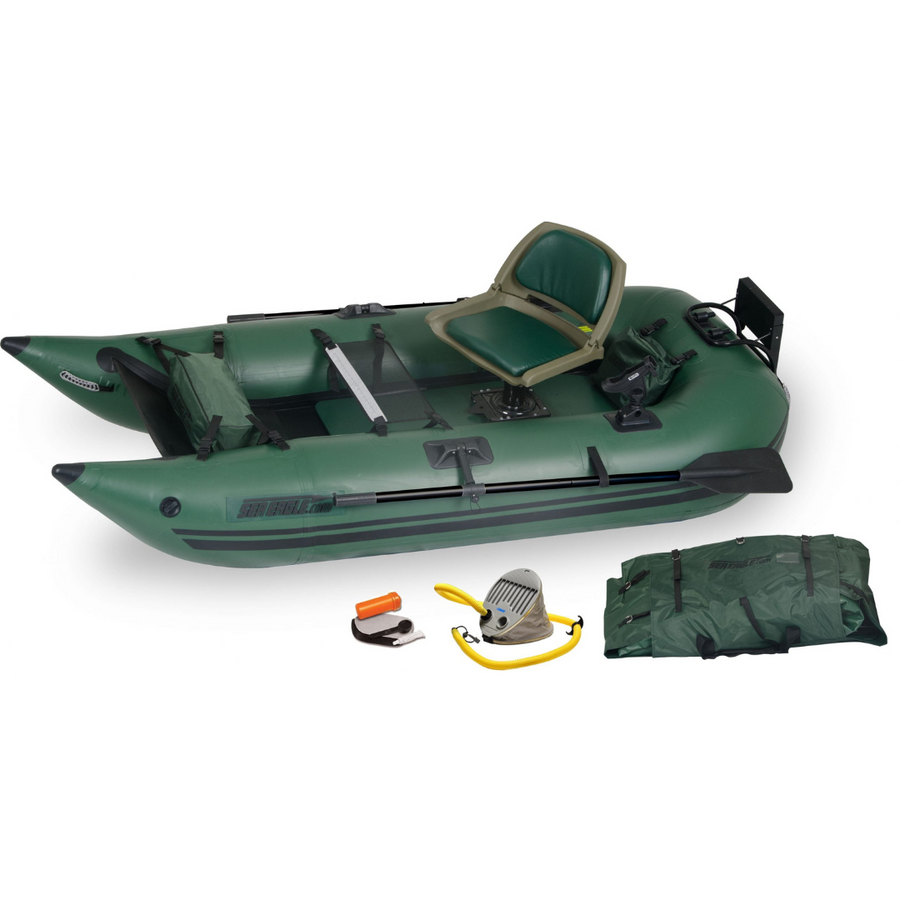
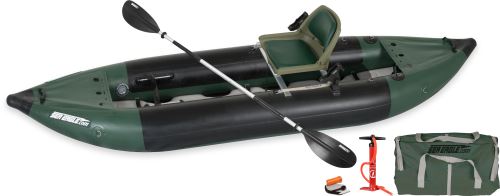
Leave a comment